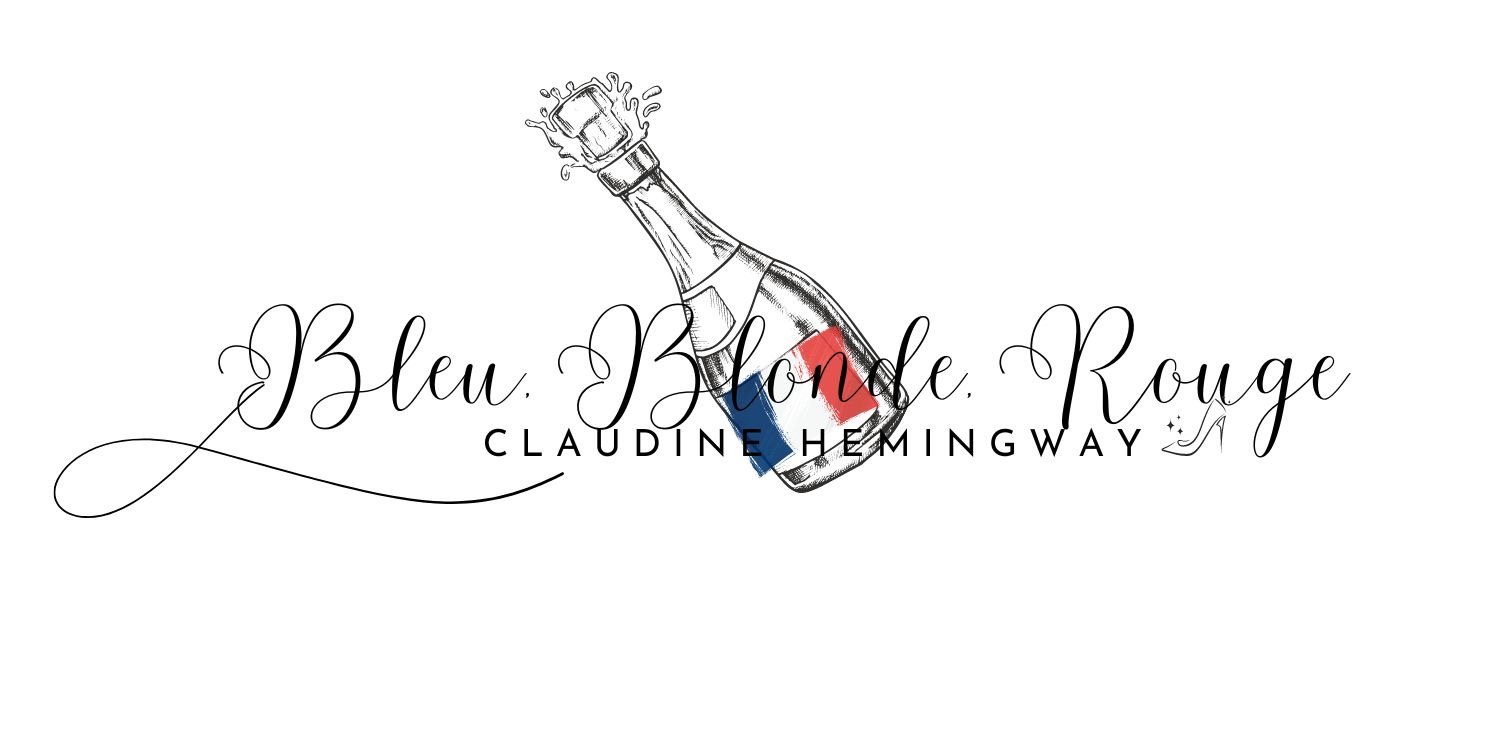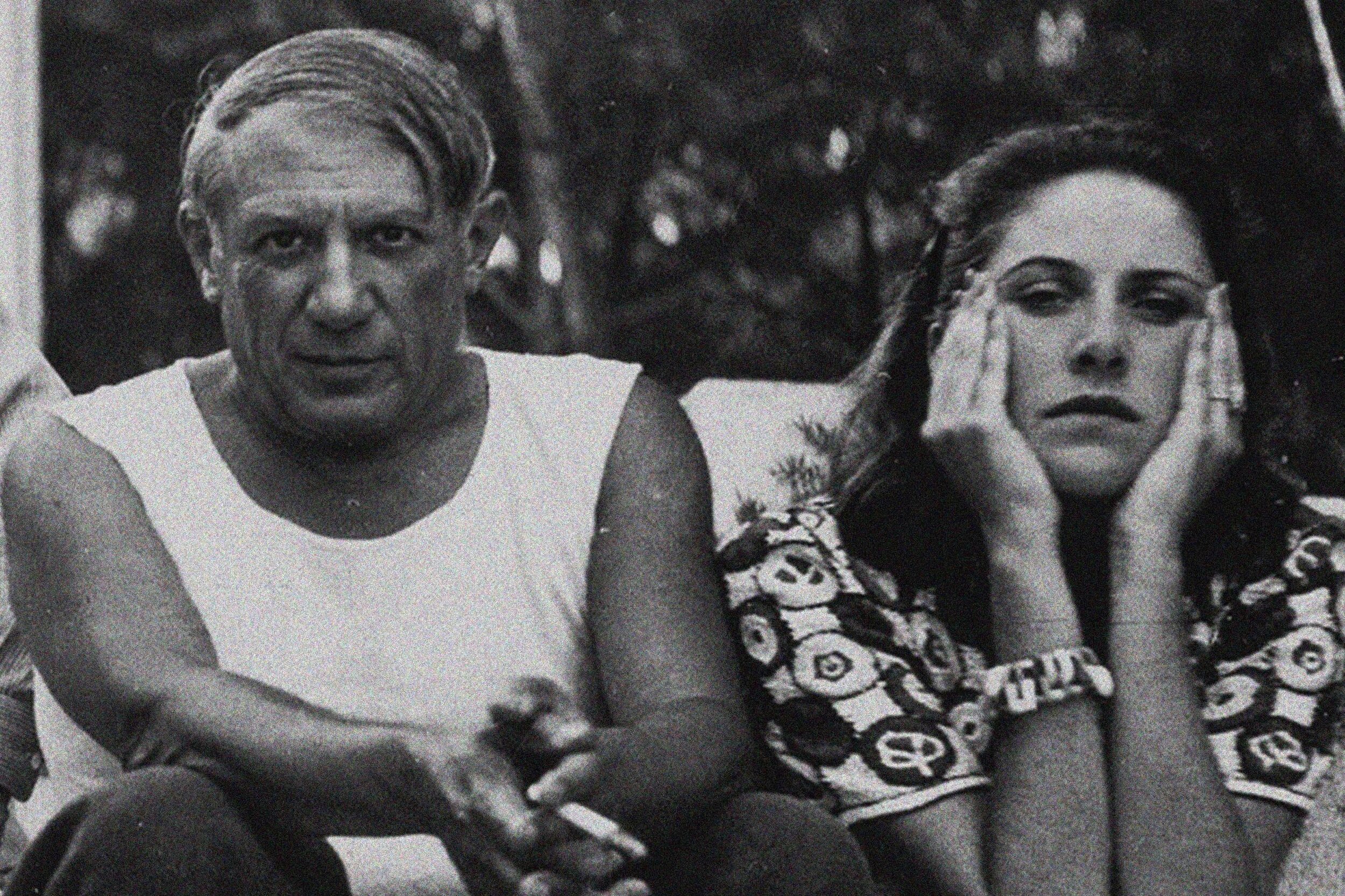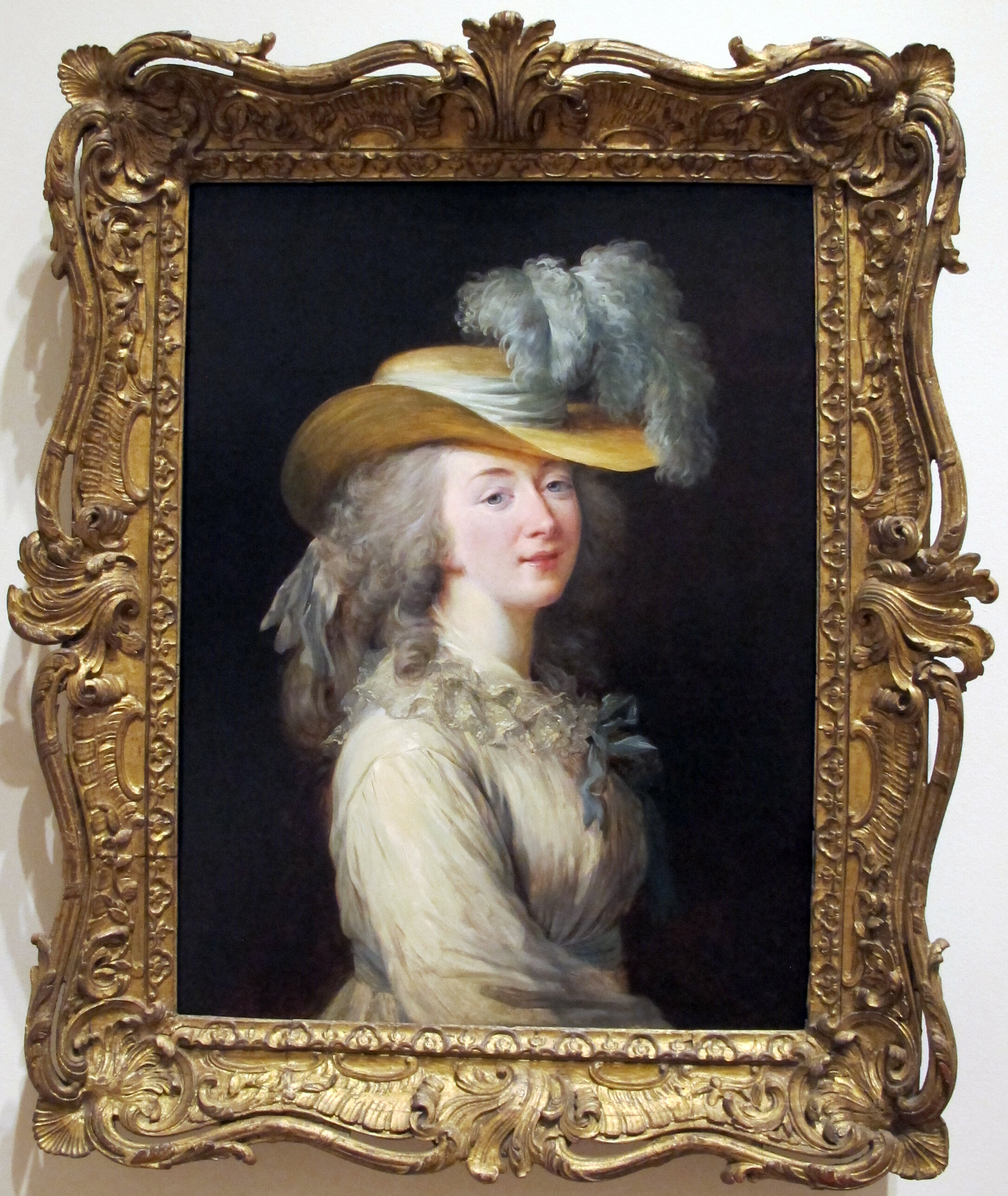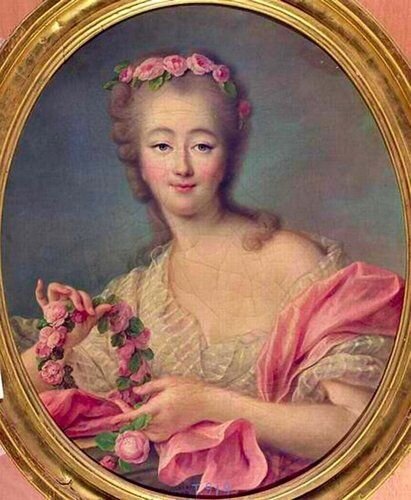Manet, like most painters, had many models they worked with. Manet found women that not only sat for him but also inspired him. Berthe Morisot was a young art student that had the looks of the dark haired Spanish beauties he was obsessed with. Morisot became an accomplished artist herself and married Manet’s brother, creating a devoted family of artists.
Victorine Meuret sat for him in his most scandalous and famous paintings. Naked and looking at the viewer pulling them into the world of a courtesan and a picnic by a river. In one of his very last paintings, he depicted the real life waitress at a popular Paris music hall.
The paintings of these three ladies are linked to Manet’s history and live on for generations hanging on the walls of the museums of Paris. In this week's podcast we explore these beloved images and the women behind them.
In 1862 Edouard Manet walked into Thomas Couture’s studio and met a young girl. Couture would teach Manet & Henri Fantin-Latour and feature many young models. On this one day, Victorine-Louis Meurent was in Couture’s studio when Manet arrived. She was just 16, with red hair and nicknamed La Crevette and would go on to become the muse for some of the biggest artest at that time. He would paint her for the first time in The Street Singer, with her piercing eyes that we would come to know so well in two of his most famous and controversial paintings.
Victorine Meuret, was called many names including La Crevette for her red hair. Her hair is the last thing you notice in the two paintings she is so widely known for, Olympia and Dejeuner sur l’herbe. When these two paintings appeared at the Salons of 1863 & 1865 he shocked Paris. The naked woman in a contemporary setting caused a backlash that followed him for years, yet today there are just a few of his beloved pieces and always garner a crowd in the Musée d’Orsay.
Dejeuner sur l’herbe 1863
1863 Salon 2783 of the 5000 submitted were rejected
Inspired by Raphael’s Judgment of Paris painted in 1518 and hanging in the Louvre. As a certified painter in the Louvre he would often visit and one day said “It seems that I shall paint a nude. Very well I shall paint one”, adding “people like those you see down there”. Manet knew what he was going to do was risky “the public will rip me to shreds, but they can say what they like”.
Le Bain as it was originally called included Victorine Meuret and his family. In the Judgment of Paris, Raphael on the right depicts Neptune holding his trident. Manet used the same pose for Ferdinand, the brother of his over Susanne Lehoff replacing the trident with a cane. It is also the same pose as Adam from Michelangelo’s Creation. Dressing the men in modern day Second Empire clothing.
Today it is widely accepted to be Victorine but it is more likely that he used his lover Suzanne Leenhoff. However at the end he would use the face of Victorine to conceal the woman he was in a secret relationship with. It was his way of going after his father who is believed to have also had an affair with Suzanne. Keeping it all in the family. Victorine, the water nymph looks straight at you like in Raphael’s.
In the foreground is a basket spilled out with figs of September and cherries of June laying on her discarded dress. Behind her to the left is either Eugene or Gustave, both sat for him for the painting and in the river behind it is believed to be Victorine as well.
When Manet painted this monumental piece in 1862, much like his painting Olympia, this one also was met with much controversy. Rejected from the Salon and displayed at the Salon des Refusés with his other Impressionist friends in 1863, the subject of a nude woman sitting between two fully clothed men was a scandal for the time. Although, Émile Zola proclaimed it “the greatest work of Édouard Manet
She would sit for him a last time in 1873 for The Railway before they parted ways. She would sit for Toulouse-Lautrec and Degas while she chased her own painting dreams. Sadly only two of her paintings remain at the museum in Colombes. Other than Berthe Morisot, Victorine is a beautiful face we know so well from the brush of Manet and I never miss a chance to stand in front of her and admire such a stunning piece of art and a more amazing woman.
Manet kept it until 1878 and sold it to singer Faure for 2600 francs. In 1898 Durand-Ruel bought it and shortly after sold it to Moreau-Nelaton who loaned it to the Universal Exhibition in 1900. Moreau-Nelaton donated his collection to the Louvre and hung in the Pavillon Marsan of the MAD and now Dej is in the Orsay
Olympia
One of the most recognized paintings of Manet, is surely Olympia, the painting that caused quite a stir at the 1865 Salon. The naked woman was a usual subject in art as far as we can go back to cave drawings but it was the look on Olympia’s face, the pose of her body and the implied job that she has that made a few turn their heads in disgust. Manet painted Le Déjeuner sur l’herbe the same year as Olympia and used the same model for both, Victorine Meurent . Victorine as Olympia is laying on a bed of crisp white sheets and oriental shawl beneath her, with a beautiful heeled slipper on, one discarded and laying on the bed. The flower behind her ear, the gold bracelet on her arm and the black ribbon and jewel hanging around her neck all give the impression of a seductive and wealthy Parisian courtesan.
For Olympia, Manet gave every aspect of the painting the same importance.
The cat, a symbol of prostitution, the gaze on her face that seems to say “next” and the bouquet flowers that are just as vibrant as the oriental shawl beneath her naked body. For over one hundred years, it has always been known simply as Olympia, with no name given of her maid that is presenting her with flowers from what we assume is a client. The exhibition finally gave her a name, Laure. Laure posed for Manet three times after meeting him while walking through the Jardin des Tuileries.
Her name is only known today from a diary Manet kept, and only her first name and her address in Paris. “Laure, a very beautiful black woman, 11 rue Vintimille 3rd floor” written around 1862.
Given the name Olympia, a name associated with prostitutes and the many small elements that hint at her wealth, many of which transferred over to the model herself. Victorine was nothing close to the woman in the painting, Born to a well established artistic family she would become an artist herself and present her work at the Salon in 1870.
However it was Manet that painted her and gave her the “invisibility”, but with Laure we get a better impression of what the entire painting is trying to tell us. With the addition of Laure, Olympia now has high social standing as a courtesan. Laure presents the flowers of her gentleman caller, giving a slight bow as she enters the room.
Olympia would stay in the procession of Manet hanging in his studio until his death. Claude Monet would purchase it from his widow, Suzanne and give it to the Musée du Louvre. An image many know so well, went from the hand of one master to another and then lucky for us, on view to share with the world. It’s breathtaking to see up close and no wonder it has been copied many times by other artists including Cézanne. Cézanne took a spin at Olympia with a behind the scenes glimpse before Manet took to the canvas.
Manet kept the painting in his collection until his death, put up for sale the reserve was not met and Suzanne thought of selling it to an American. Monet got word of that and couldn’t let Manet’s masterpiece leave France. Gathering artists and collectors more than 19,415 francs was raised, just shy of her asking for 20k francs. She agreed to sell it to them and then Monet went to the Louvre to ask them to purchase it. The refused and it took many years before the Lux agreed to take it into their collection as it didn’t meet the ten years after the artist death rule for the Louvre.
On January 6, 1907 it hung in the Louvre in the Salle des Etats next to Ingres’ Grand Odalisque. It would be moved to the Jeu de Paume that housed the Impressionist before the Orsay was eventually built, and hung in a place of prominence. Today in the Orsay she is in a darker room off the main alley
Berthe Morisot met Manet in the Louvre where she was learning how to paint as a copyist and he was captivated by her and wanted to paint her immediately. Le Balcon painted in 1868 showcases Morisot sitting behind the iron railing holding a fan, but my favorite is her portrait. Berthe is shown in black mourning clothes with a very small bouquet of violets, painted in 1872.
Berthe Morisot with violets 1872
Berthe Morisot, one of the few women of the Impressionist Movement, with her dark locks and stunning gaze, was the perfect model for Édouard Manet. However, she would become an artist in her own right stepping behind the canvas to create paintings that showed everyday family life, forging her own path among the male dominated Impressionists
As a girl, Berthe and her sister Edma would visit the Louvre as art students and spend their day copying the great masters. Artist Henri Fantin-Latour took his friend Édouard Manet one day to the Louvre to meet Morisot who was copying a Rubens painting. It would be the start of a very long friendship. Following Manet’s shocking the Parisian Salon with Olympia and Déjeuner sur l’herbe he was looking for a new model, and Berthe would have everything he wanted. In 1868, Manet painted The Balcony for which Berthe would pose after much apprehension. Being a model for an artist was not the profession for a woman of society in Paris at the time. Continuing to work with Manet for six years, he would capture her many times including his hauntingly beautiful painting, Berthe Morisot with a Bouquet of Violets that can be seen in the Orsay. Painted in 1872 Morisot is in black mourning attire after her father's death. You almost miss the violets as you are so drawn to her striking face.
Morisot and Manet had a relationship built on great respect and love between two artists. In 1874, she would marry Édouard’s brother Eugène Manet, a marriage that would give her the time to focus on her art. Painting the simple moments of a woman’s everyday life and those between a mother and child often outside under the trees or in an open field. Her soft inviting images rivaled that of many of the men of the Impressionist movement.
In the end of his life, suffering the effects of syphilis and an amputated leg, he painted one more masterpiece. Un Bar aux Folies-Bergère, look closely and see much more than what she is looking at. Behind her and to the side tells the story of the high point of the Belle Epoque.
Listen to all the details and so much more about these three ladies and Manet in the newest episode of Paris History Avec a Hemingway.































































































